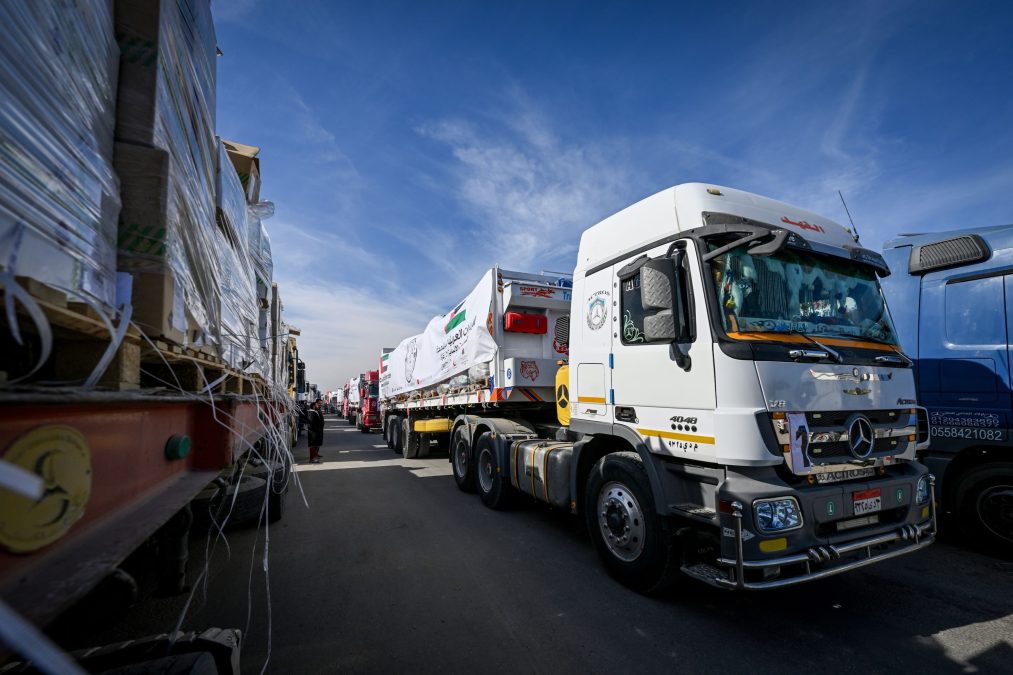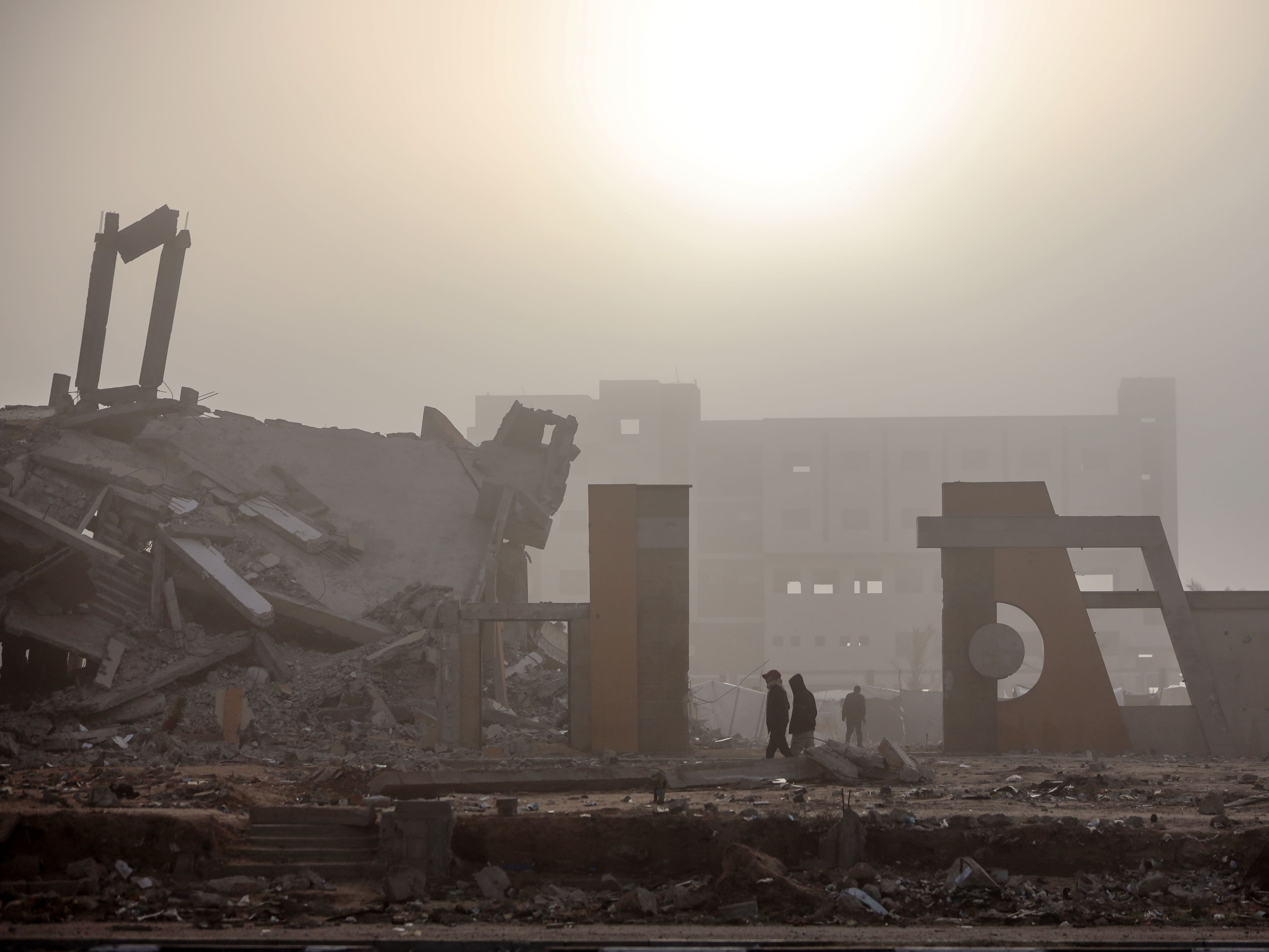Jerusalem, Undefined – A long-awaited ceasefire between Israel and Hamas officially came into effect on Sunday morning, marking a significant moment in a conflict that has raged for over 15 months. The agreement, which includes the release of hostages by Hamas and Palestinian prisoners by Israel, was announced three days ago.
“Israel will not tolerate violations of the agreement. Hamas is solely responsible,” said Israeli Prime Minister Benjamin Netanyahu in a statement issued just hours before the ceasefire began. Netanyahu added that Israel viewed the ceasefire as temporary, retaining the right to continue its military operations if necessary. “Israel will not tolerate violations of the agreement. Hamas is solely responsible,” he emphasized, addressing concerns that Hamas had yet to provide the names of the hostages to be released, a key part of the deal.
This warning came after Israel had been expecting to receive the names, which Hamas was to deliver to Qatar, acting as a mediator. There was no immediate response from either Hamas or Qatar following Netanyahu’s remarks.
Netanyahu also stressed that he had the backing of President-elect Donald Trump regarding the ceasefire, claiming that he had spoken with Trump the previous Wednesday. The deal, however, had already seen a mixed reception, with both optimism and skepticism surrounding its execution.
The ceasefire was approved by Israel’s Cabinet early on Saturday, as the country prepared for a temporary halt in hostilities. This pause in the war, the deadliest in the region’s history, would allow for the return of dozens of hostages taken by Hamas during its October 7, 2023 attack. The war, which began with Hamas’s surprise assault, has resulted in catastrophic loss of life in Gaza.

The first phase of the agreement, which begin on Sunday, involved Hamas releasing a number of hostages. Initially, three hostages were expected to be returned to Israel. By the seventh day, Hamas will release four more, with a subsequent release of three hostages every seven days thereafter. The first phase is set to free 33 women and children hostages, as well as those over 50 years of age. The return of the bodies of deceased captives is also planned to follow in these phases.
U.S. President Joe Biden confirmed that Americans would be among the hostages released during the first phase, though he did not specify their identities or exact timing. This development offers a glimmer of hope for families torn apart by the ongoing violence.
The agreement also includes the release of 1,900 Palestinian prisoners by Israel, a move that is expected to help ease tensions between the two sides. These prisoners include 1,167 residents of Gaza, who were held by Israel but had no involvement in the October 7 attacks. All women and children under the age of 19 who were held by Israel will be freed during the first phase of the agreement.
The complex deal consists of three phases, each lasting 42 days, and it will see both sides release prisoners and hostages in exchange for a temporary halt to the violence. The first phase is expected to last for the first 42 days, and during that time, Israel will pull back its military to a buffer zone of about a kilometer from Gaza’s borders. This will allow displaced Palestinians to return to their homes, including those in northern Gaza and Gaza City, which have seen extensive damage from Israeli airstrikes.
In exchange for the release of hostages, Israel will also receive the return of several of its citizens currently held by Hamas. The first exchange is set to begin at 9 a.m. EST on Sunday, marking the beginning of what some hope will be a longer-term path toward peace.
Meanwhile, missile strikes continued across the region as the ceasefire took effect. Israeli air defenses intercepted projectiles fired from Yemen, where the Iran-backed Houthis have stepped up missile attacks in recent weeks. The Houthis have stated that their strikes are part of a campaign to pressure Israel and the West over the war in Gaza. At the same time, Israeli airstrikes in Gaza continued, with the Palestinian Health Ministry reporting at least 23 fatalities from the previous day’s attacks.
On the ground in Gaza, the ceasefire’s arrival has brought mixed emotions. Some displaced Palestinians have begun returning to their homes, even though many were either destroyed or heavily damaged during the conflict. With most of Gaza’s population living in temporary shelters or camps, the humanitarian situation remains dire. International aid organizations are preparing for a major surge in relief efforts as trucks carrying supplies line up at the Rafah border crossing.
Humanitarian aid is expected to flood into Gaza in the coming days. On Saturday, two Egyptian government ministers arrived in the northern Sinai Peninsula to oversee preparations for the delivery of aid and the evacuation of wounded patients, as per the health ministry.
Despite the deal’s temporary nature, the ceasefire and the prisoner exchange bring some hope for peace, with people on both sides of the border clinging to the possibility that the hostilities might eventually come to an end. However, Netanyahu’s warning that Israel retains the right to resume fighting and Hamas’s insistence on a complete Israeli withdrawal and a lasting ceasefire make the road to lasting peace still uncertain.
The violence that erupted in October 2023 following Hamas’s cross-border attack into Israel, which killed over 1,200 Israelis and left around 250 captive, has caused widespread devastation. More than 46,000 Palestinians have died in the conflict, with local health officials reporting that women and children make up more than half of the casualties.
As the first phase of the ceasefire takes effect, the world watches to see whether this temporary reprieve will be the first step toward lasting peace or whether the violence will soon resume. The coming days will be crucial in determining the future of the region, as both sides prepare for negotiations and further exchanges in the phases ahead.








